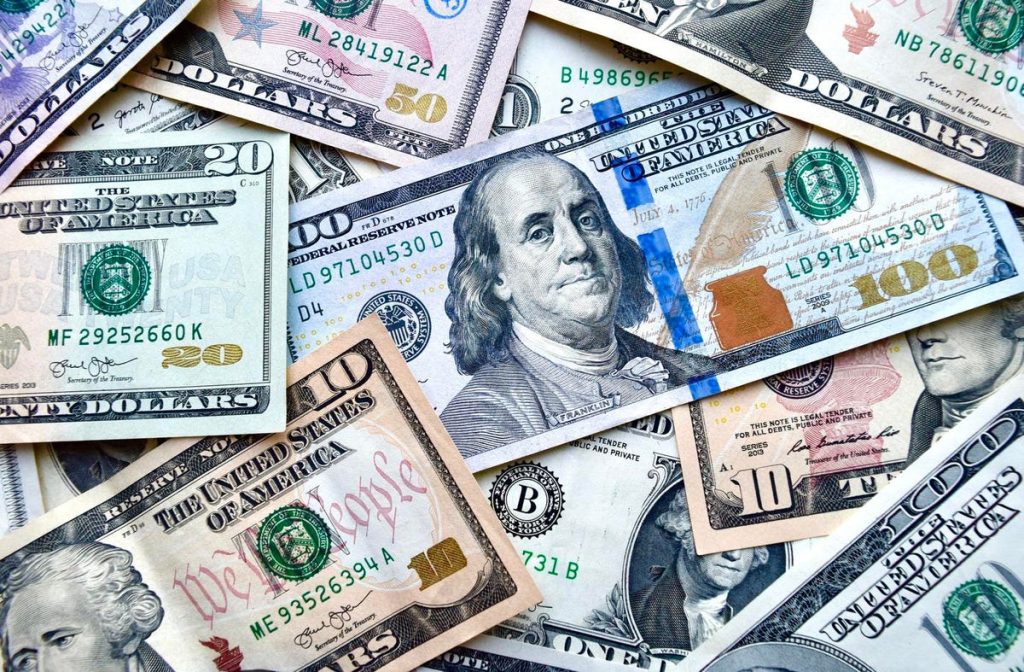U.S. Retail Sales Beat Expectations, Signaling Stronger Consumer Demand
While household consumption remains resilient, there are signs of a slowdown in discretionary spending.

Quick overview
- Retail sales in the U.S. increased by 0.6% in June, exceeding the expected 0.1% rise.
- Analysts caution that the sales growth may be influenced by higher prices due to import tariffs.
- Core retail sales rose 0.5% in June, indicating a slight slowdown in discretionary spending.
- Initial jobless claims fell to 221,000, suggesting resilience in the labor market despite a slight increase in continuing claims.
Retail sales in the U.S. rose 0.6% in June, surpassing the 0.1% increase forecast by a Reuters poll of economists, according to data released Thursday by the Census Bureau of the Department of Commerce. The rebound follows an unrevised 0.9% decline in May.

However, analysts warn that the stronger-than-expected data may reflect higher prices for goods affected by import tariffs, rather than a true increase in sales volume. This week’s inflation data revealed sharp price hikes in tariff-sensitive categories such as sporting goods, appliances, furniture, and toys.
While household consumption remains resilient, there are signs of a slowdown in discretionary spending. Core retail sales — which exclude automobiles, gasoline, building materials, and food services — rose 0.5% in June, following a downward revision to 0.2% in May. These core figures feed directly into the GDP’s consumer spending component, which had increased by 0.4% in May.
Jobless Claims Fall Below Expectations, Suggesting Labor Market Resilience
Initial claims for state unemployment benefits came in lower than expected last week, totaling 221,000, according to the U.S. Department of Labor. The figure was revised upward for the prior week to 228,000, from an earlier estimate of 227,000. Economists polled by Reuters had forecast 235,000 new claims.
The four-week moving average, a more stable indicator that smooths out short-term volatility, dropped to 229,500. Meanwhile, continuing claims — the number of people receiving benefits beyond their first week — rose slightly to 1.956 million.
- Check out our free forex signals
- Follow the top economic events on FX Leaders economic calendar
- Trade better, discover more Forex Trading Strategies
- Open a FREE Trading Account